
The English cocker spaniel is a medium-sized sporting dog from England with floppy ears, a sturdy body, and soft, silky fur that feathers on its ears, legs, and torso. This breed makes a devoted companion that's equally content with hard work and family life. All spaniels were originally bred from the same lines, but the English cocker spaniel stands out today for its well-proportioned appearance and friendly disposition. With plenty of energy but a calm demeanor, the English cocker spaniel is a great family pet.
Group: Sporting
Height: 16 to 17 inches (males); 15 to 16 inches (females)
Weight: 28 to 34 pounds (males); 26 to 32 pounds (females)
Coat: Medium-length silky coat with feathering on ears, legs, and torso
Coat Color: Solid or particolored with black, white, tan, blue roan, golden, lemon, liver, orange, red, sable, or lemon roan
Life Span: 12-14 years
Temperament: Friendly, playful, cheerful, trainable, even-tempered
Hypoallergenic: No
Origin: England
Known for their loving, affectionate personalities, English cocker spaniels are a great breed choice for homes with children. They do well with other dogs, and they also have a friendly temperament with cats when raised together (though it does have a prey drive for smaller animals). These sporting dogs have plenty of energy and need owners who are able to fulfill their exercise needs, whether it be on a hike, bike ride, run, or simply taking walks together. Your English cocker spaniel should learn basic obedience and even fun tricks with ease, as this breed's eagerness to please its owners and intelligence make it a pleasure to train.
The English cocker spaniel descends from a larger group of hunting dogs bred in Britain and beyond to be reliable and loyal field companions. Spaniels, whose early origins may date back as far as the 16th century, were particularly prized for their ability to assist with hunting game birds and waterfowl. Any given litter could produce both cocker spaniels—smaller dogs adept at hunting woodcock birds—and springer spaniels, prized for their ability to jump and "spring" birds from their hiding places. Initially, the only differentiation between the two classifications was based on the size of the dog.
In the 1890s, however, the spaniel family was split in two, with recognition for both the cocker spaniel and springer spaniel. The breeds were independently developed and bred. Within the cocker spaniel breed, further differentiation in type became evident. In the United States, a smaller, slightly blockier, and furrier version of the spaniel came into popularity. Termed the American cocker spaniel, these dogs stand in contrast to the slightly larger English spaniel bred with longer legs, a shorter back, and less fur.
In 1935, the split was made official when the AKC granted official recognition to the English cocker spaniel as an independent breed. Today, this devoted pet remains a popular dog on both sides of the pond. Even England’s royal family appreciates the nobility of this breed: Prince William and Kate Middleton own an English cocker spaniel named Lupo, who was bred from a dog owned by her parents.
English cocker spaniels aren't high-maintenance dogs, but they do require some special consideration to be happy, healthy pets. While they're easy to train, they need plenty of exercise to stay well-mannered at home, and their silky coats require consistent grooming.
As part of the sporting group, these dogs have seemingly tireless energy and need an outlet for it. Plan to give your English cocker spaniel about an hour and a half of exercise each day in the form of lengthy walks, running, and playing outside. Without adequate exercise, these dogs can become anxious or destructive. While your English cocker spaniel can keep up with you for hours on end, this breed will also be happy to rest and relax inside the home after being active.
Aside from daily exercise, regular grooming is likely the biggest investment of time you’ll make in your English cocker spaniel. The medium-length silky hair that gives these dogs such a beautiful coat can easily become matted. It also is subject to shedding.
The more you can brush and maintain the coat, the easier it is to control excessive shedding. To keep the coat looking its best, most owners of English cocker spaniels take their dog to a groomer on a recurring basis. The hair around the legs and torso often needs to be trimmed to avoid becoming unruly.
You’ll also need to brush your spaniel's teeth, trim their nails, and regularly check their ears for strange odors or excessive wax buildup. Dirt and bacteria can become trapped inside the ear canal, and these dogs are sometimes prone to ear infections as a result.
English cocker spaniels are eager to please their owners, so training is usually not too difficult with this breed. Basic obedience lessons can begin when puppies are about eight weeks old. However, they have a sensitive nature and need plenty of positive reinforcement. Harsh training methods can cause fear and anxiety, and may contribute to undesirable behaviors like submissive urination or separation anxiety. If you’re a hunter, these sporting dogs seem to be naturals at their job and understand their role with relative ease.
Like other purebred dogs, English cocker spaniels can be prone to inherited health problems. Responsible breeders test prospective parent dogs for genetic issues before breeding. The following conditions are associated with this breed:
To minimize the probability of adopting a dog with any of these health problems, research breeders that provide tests on each parent dog for the hips and knees from the Orthopedic Foundation for Animals and tests from the Canine Eye Registry Foundation. There also is a test for hearing available from the Orthopedic Foundation for Animals that measures brainstem audiotry evoked response (BAER) and may be important if you’re considering a particolored English cocker spaniel.
Feed your English cocker spaniel a well-balanced and nutritionally complete dog food twice per day. Whether you choose a conventional kibble diet, incorporate wet food, or opt for a raw diet, look for indications of an allergic reaction, which is common for some spaniels. If your dog has food allergies or sensitivities, you might opt for a limited-ingredient diet.
Keep a close eye on the weight of your English cocker spaniel. The breed can be prone to obesity if overfed and under-exercised. Ask your veterinarian to help you determine a healthy meal plan based on your dog's age, weight, and activity level.
When searching for an English cocker spaniel, first consider contacting rescue groups in your area. A surprising number of purebred dogs end up in shelters and rescues because of owner circumstances. Your local shelter may also have similar spaniels in need of forever homes.
If you do opt to purchase a puppy from a breeder, be wary of backyard breeders. Instead, look for breeders that can provide health clearances for the parents of a litter and extensive information on your prospective puppy. These puppies can cost anywhere from $800 to $2,000, but prices can be higher depending on pedigree and availability.
These resources for breed-specific rescues, the national breed club, and the AKC can help you start your search:
Loyal, kid-friendly companion
Trainable and eager to please owners
Eager and able to perform many different jobs
Needs consistent grooming, sheds significantly
Can become destructive or anxious when left alone
Requires considerable daily exercise
If you love the English cocker spaniel, you might also like these similar breeds:
There are plenty of different dog breeds that can join your family. With a little research, you can find the perfect match to bring home!
Lovable and trainable, the English cocker spaniel makes a wonderful family pet for a variety of different owners. These dogs are great companions for children and adults alike, but prospective adopters should also prepare for the breed's exercise and grooming needs.
While both breeds descend from the same ancestry and have a similar temperament, English and American cocker spaniels have slightly different physical appearances. The American breed is a bit smaller, and the English breed has less fur.
Not all cocker spaniels are prone to excessive barking, but it's not uncommon for this breed to be vocal. If your dog's barking becomes too much, you can practice special training techniques together to minimize this behavior.
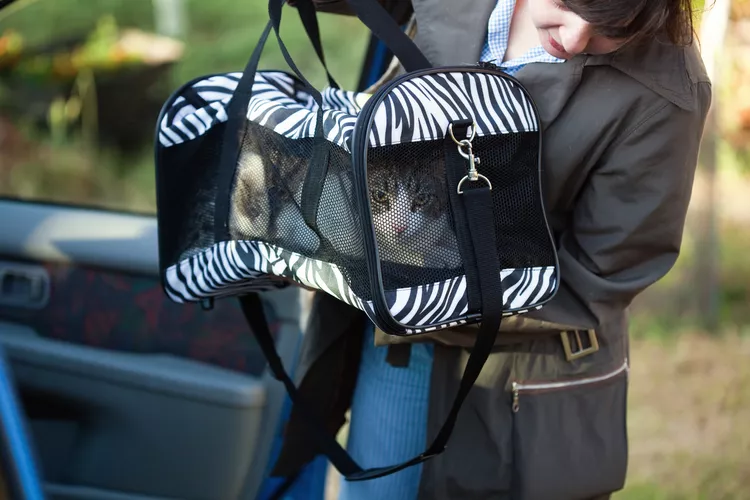
How to Take a Car Trip With Your Cat
Think you can't travel with your cat? Think again! Traveling with your cat just takes a little preparation and planning. Here's how.
How to Determine Your Cat's Age
Determining the age of an adopted cat is just guesswork, but a vet can look at teeth, sexual maturity, fur coat, and eyes to estimate.
Cat Food Ingredients to Avoid
When checking the nutrition content of cat food, look for ingredients that are not healthy or show it is of poor quality. Avoid these 3 ingredients.
What You Need to Know About Homemade Cat Food
If you want to cook for your cat, make sure to read about the risks associated with homemade diets for cats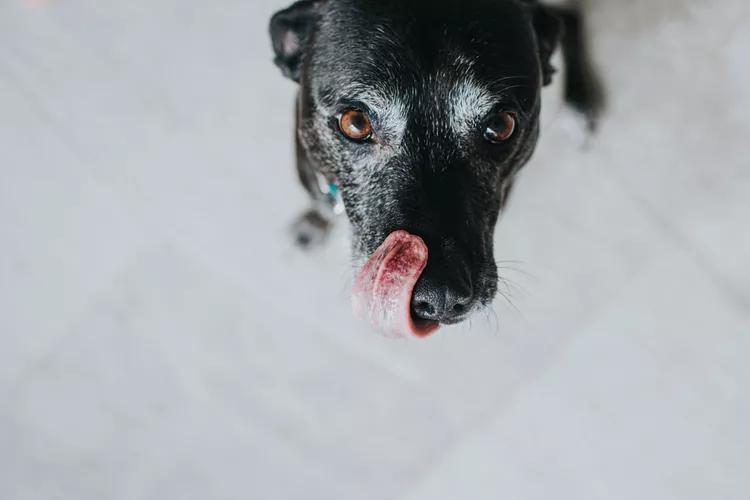
Can Dogs Eat Raw Chicken Feet?
What are the potential health benefits of chicken feet for dogs? What are the risks?
Macadamia Nuts and other Nuts That Are Toxic to Dogs
Find out why macadamia and other nuts are poisonous to dogs, what signs to look for, and what is needed to treat the toxicity.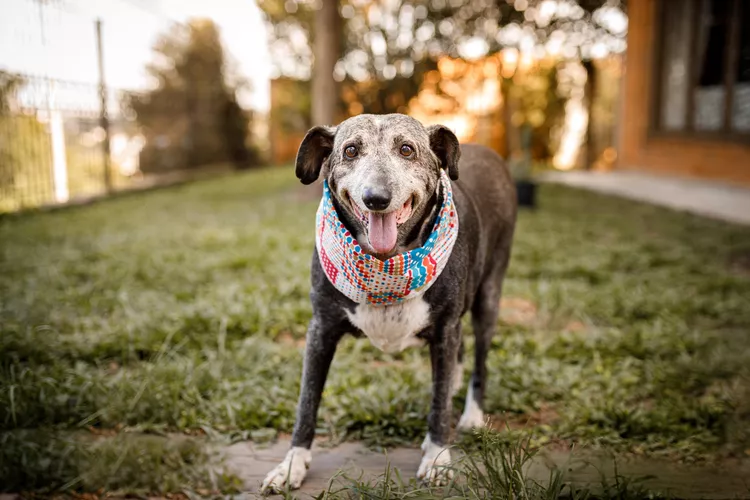
10 Tips for Taking Care of a Senior Dog
Is your dog a senior? Changes to their diet, exercise, and care are required. Here's how to make sure they're living their best and healthiest life.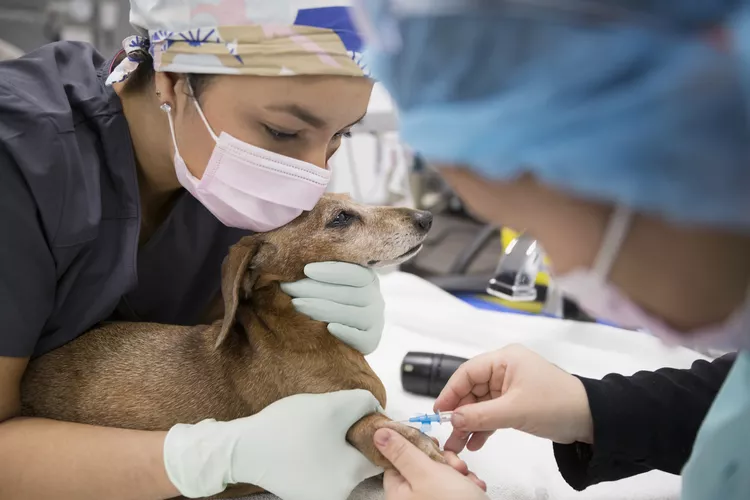
Hookworms in Dogs
Hookworms can make a dog uncomfortable but may also lead to serious blood loss and anemia. Learn the causes, treatment, and prevention.
Is Swiffer WetJet Safe to Use Around My Pet?
ASPCA toxicologists deemed Swiffer WetJet to be safe for use around pets, but there are other all-natural floor cleaning options available.
Can Dogs Eat Bread?
Is bread a safe snack for you dog? Are there kinds of bread you should avoid? Learn more about whether it's okay to feed your dog bread.
14 Hypoallergenic Cat Breeds for People With Allergies
There are no true hypoallergenic cat breeds. But some, such as the Siamese and Siberian, might be less likely to cause allergies than others.
Burmilla: Cat Breed Profile, Characteristics & Care
The playful and social burmilla is one of the newest cat breeds to be officially recognized by the CFA. Learn about burmilla breed.
Nebelung: Cat Breed Profile, Characteristics & Care
The Nebelung is a rare breed of domestic cat that’s known for their long gray-blue fur and gorgeous green eyes. Learn about the Nebelung cat breed.
Cymric: Cat Breed Profile, Characteristics & Care
The Cymric, a long-haired Manx, is one of the world's oldest cat breeds. This tailless cat is friendly and playful. Learn about the Cymric breed.
Here's Why Cats Groom Themselves
Learn all about cats' grooming habits: how and why cats groom, including mutual grooming, over-grooming, and displacement grooming!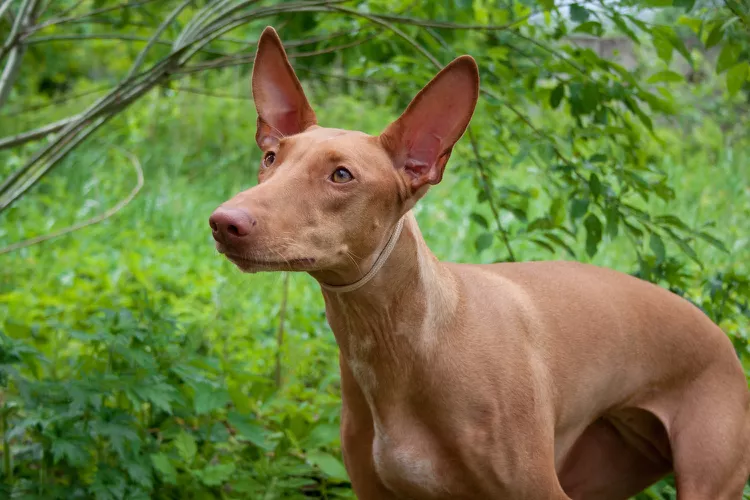
Pharaoh Hound: Dog Breed Characteristics & Care
Learn all about the Pharaoh hound, a sight hound dog breed known for their slim appearance and the ability to blush when excited.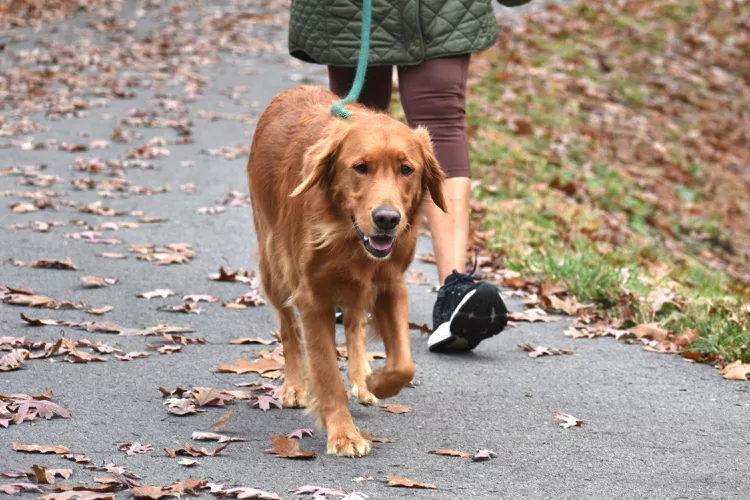
How to Walk Your Dog
Dog walks should be fun for your dog while respecting your community. Learn why walking your dog is important and get essential safety and training tips.
How to Stop Your Dog From Whining
Whining is a natural way for your dog to communicate with you. Explore the reasons dogs whine and how to discourage your dog from whining too much.
How to Stop Your Dog From Barking Excessively
All dogs bark, but excessive barking is a behavior problem. Learn how to help stop excessive barking and prevent it from happening all the time.
How to Train Your Dog to Live With Another Dog
When you add a second dog to your household, it's natural that there will be an adjustment period. Learn how to get two dogs to become acquainted.